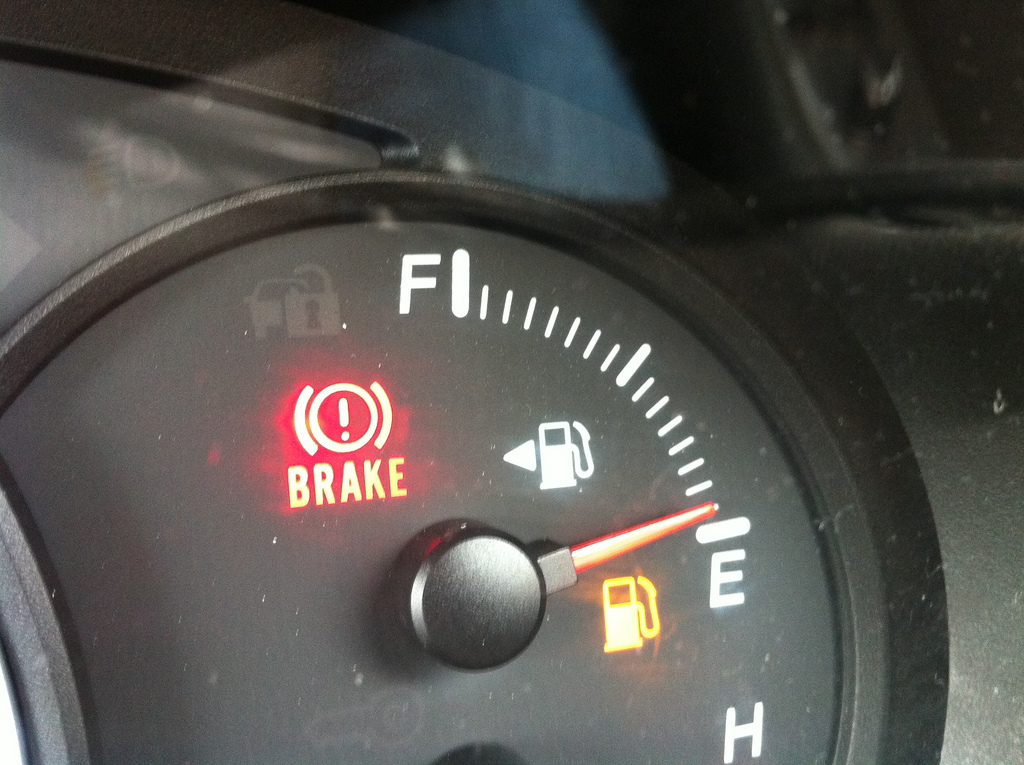
Full Tank of Gas or Empty?
It seems with overwhelming certainty that the agreed-upon method is to keep your gas tank more full than empty. However, others believe that keeping a gas tank almost empty is best as there will be less weight in the car. Therefore, you’ll get better gas mileage. While this may be true in the short run, in the long run, most experts say keeping your tank full will save you money.
Keeping a full tank of gas is most beneficial to your car over the long run.
Your gas tank is an empty space, and whatever space is not filled by gas is filled with air. Air contains water vapor, which can condense on the sides of your fuel tank. This condensation can cause two problems. First, it can cause rust to develop on the sides of fuel tanks which are made of metal, which can cause problems in the future. The water vapors can also mix with the gas in the fuel tank, causing it to work less efficiently. This can be a problem for both plastic and metal fuel tanks.
Why Is a Full Tank of Gas Best?
According to Consumer Reports, gasoline acts like a coolant for your vehicle’s fuel pump motor. If your gas tank is very low, the fuel pump can suck in air. The fuel pump can then become overheated, which may lead to premature wear on the fuel pump, and eventual failure. If your fuel tank has dirt in it, it can become clogged as well. Consumer Reports goes on to advise never running your car below a 1/4 tank full.
It seems it is especially dangerous to run on a low fuel tank during the winter months. Cold temperatures can cause water to form on the gas tank’s empty walls. This water will go all the way to the bottom of the tank (since water is heavier than gas) and make its way into the fuel lines, where it can freeze. This will wreak havoc on your travel plans, not to mention it may cause further costly damage to your car.
Make Sure You Fill Up
So, while having less gas in your tank may make your vehicle lighter, it has the potential to cause a number of serious problems. It appears that the safest and most cost-effective method is to run your car on no less than 1/4 tank of gas at all times. This can help you avoid potential damage to your vehicle, as well as help you avoid the obvious problem of running out of gas on the side of the road.
Use Apps To Shave A Bit Off Your Gas Bill
Since you’re thinking about filling up your tank, you’re probably interested in smartphone apps that help you reduce the cost of gas.
In the early 2020s, there has been an explosion of smartphone applications that help you save money. Two good ones are GetUpside and Gasbuddy.
GetUpside is a well regarded cashback app for gasoline. Basically it lets you compare prices at the pump and stack them against available cash back rebates. Its simple to use and helps guarantee that you won’t overpay on gasoline. It’s here.
Gasbuddy.com is another gas related smartphone app. It has basically the same functionality as GetUpside. Gasbuddy lets you find the lowest price gas in your area, and lets you get cash back if app users take advantage of their credit card. Gasbuddy is here.
What do you think? Full tank of gas or empty? Let us know in the comments below!
(Photo Credit: Sean MacEntee)
Read More
How to Get Free Gas (Legally)
What Is the Best Type of Gas for My Car?
Costco Gas Station Hours of Operation
I work as a freelance writer, and my passion is storytelling. I write blogs, feature articles, poetry, short stories, children’s stories, and I’m currently writing a novel.
Comments